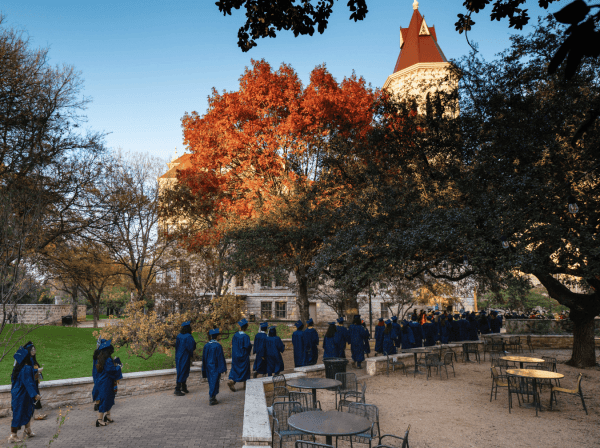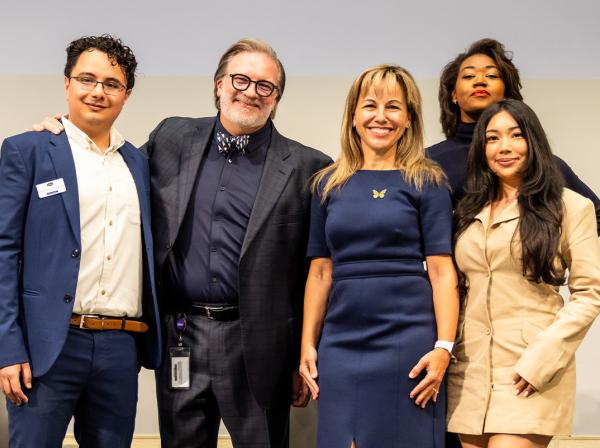Educating Hearts and Minds
Each year, a new group of students is welcomed to the hilltop. And while much has changed over the years, the connection to the university’s mission remains strong. Here, five people with deep roots at St. Edward’s discuss the principles that guide us.
The Panelists
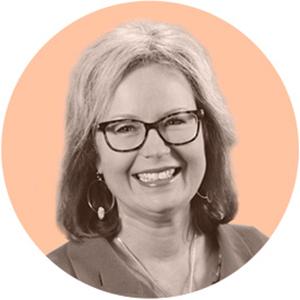
Lisa Kirkpatrick
University connection: Vice President for Student Affairs
Favorite moment at St. Ed’s: When seniors burst through the Red Doors at Legacy Walk
You can find me on campus: On the ground floor of Main Building
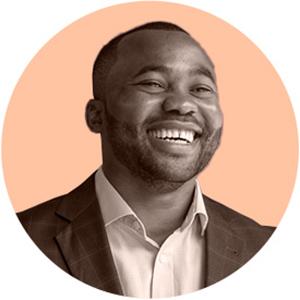
Linus Akanoh Jr. ’06
University connection: Alumnus, Trustee and Adjunct Professor of Management
Favorite moment at St. Ed’s: Teaching the same accounting information systems course I took
You can find me on campus: Drinking hot tea in Meadows Coffeehouse
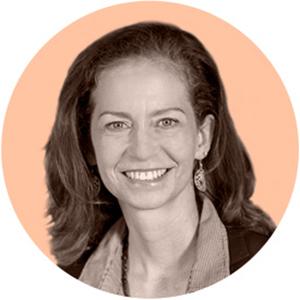
Trish Baynham
University connection: Professor of Biology
Favorite moment at St. Ed’s: Meeting with students
You can find me on campus: Walking around the track, especially when the bluebonnets are in bloom
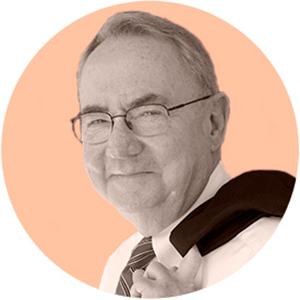
Brother Richard Daly, CSC, ’61
University connection: Alumnus, Holy Cross Brother, and Adjunct Professor of Religious and Theological Studies and Political Science
Favorite moment at St. Ed’s: Mass of the Holy Spirit and the Medallion Ceremony
You can find me on campus: Taking early-morning walks
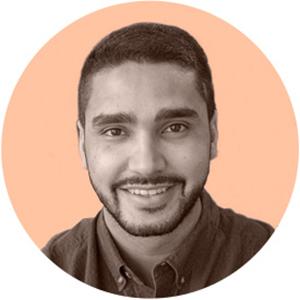
Leonidas Lacayo ’14,MSLC ’18
University connection: Alumnus and Associate Director of Admission
Favorite moment at St. Ed’s: My parents visiting from Honduras during Homecoming
You can find me on campus: Taking lunch and coffee breaks under Sorin Oak
Their Discussions
Lisa Kirkpatrick, vice president for Student Affairs: Our founders — Edward Sorin and the brothers of Holy Cross — were committed to educating both the heart and the mind. That’s something that still drives us today. Our work is about educating the whole person, and being open to all of the gifts, talents and identities that people bring to this community.
Brother Richard Daly, CSC, ’61: Our student body has changed over time. For example, when I was a student here, the university was almost 100 percent Roman Catholic men, and most of the teachers were Holy Cross Brothers. It was much easier to have a significant, unified mission. As we have moved into the 21st century, maintaining that core — an investment in the Catholic, Holy Cross educational tradition — takes constant attention, and the mission continues at St. Edward’s today. One key educational philosophy that we have followed is to meet students where they are, accept them where they are, then move them forward.
Linus Akanoh Jr. ’06, trustee: This philosophy is something I experienced in my own life. One of my very first accounting professors, David Michael Harris, was critical in helping me understand the art of the possible. He didn’t just teach me theoretical concepts; he taught me what it took to be successful as a student, as a professional and as a person. He encouraged me to consider graduate school. He invited me back to campus to talk to current students about my experiences. Over the years, that nurturing and mentoring evolved into a friendship that continues to this day.
Kirkpatrick: Mentorship and connection are a big part of what it means to educate hearts and minds. That part is timeless! But at the same time, sustaining the larger mission of St. Edward’s requires that we interpret it in real time. So we improve our facilities and grounds, manage our enrollment, and increase the number of majors and faculty members to sustain and build on the infrastructure that existed. A science student today would not be well served by the old Fleck Hall; we need state-of-the-art facilities and education for this day and age.
Trish Baynham, professor of Biology: The opportunities that have been opened through these improvements are incredible. In the old science building, I would teach labs until 8:30 at night because the space was so booked up. Now, with the new building, we have many different laboratory spaces — and students use these labs to complete research projects that they could not have imagined before. The new space, along with the Institute for Interdisciplinary Science, is helping students get the experiences they need to succeed. That’s just one example, though. My colleagues and I often take students to regional and national meetings, like the American Society for Microbiology branch meeting. Getting the vans, driving them there and organizing everything is logistically challenging, but I know that those types of experiences really benefit our students, so it’s worth it.

Kirkpatrick: We ask a lot of our faculty and staff because they are the ones investing in our students. They’re serving a purpose that goes far beyond maintaining a favorable ratio of students to faculty and staff. Whether they’re in front of a classroom, coaching a team, running a residence hall or responding to an emergency on campus, the people working with students are doing their jobs in ways that are not transactional. They’re called to work on the hilltop because they believe in the mission.
Akanoh: I love the fact that we continue to be great champions of the McNair Scholars, a program for first-generation students, and the College Assistance Migrant Program (CAMP), which helps students with migrant and seasonal farmworking backgrounds to reach and succeed in college. From an economic standpoint, this requires a financial commitment from the university. But when we are making decisions, we always refer to our Holy Cross mission and our commitment to help all people realize their full potential.
Leonidas Lacayo ’14, MSLC ’18, associate director of Admission: These programs speak to our identity as a community that values students who are coming from all different types of backgrounds. We find it so valuable to have an inclusive environment in our classroom. Our students want these different perspectives from all over the world, all over Texas, all over different socioeconomic backgrounds. We continue to really protect that diversity in our student population.
Kirkpatrick: The emphasis on St. Edward’s as a community is important — and has always been important. We start building relationships with students and families before they ever arrive at St. Edward’s, through admission counselors. Then we have student transition programming and orientation that starts in June, long before they go to classes. We want incoming students to get a sense of our rituals and traditions so that they understand what it means to be part of the Holy Cross community. We want them to know what our expectations are to one another and how they will find their place in this community. We want them to find people who are like them, yes, but we also want them to know people who are different from them.
Lacayo: I’ll never forget a seminar class that I took as a student called Current Controversies and Political Affairs. In class, students would stand up and share their thoughts. We looked at different news sources — from the BBC to Al Jazeera. But we also had our own perspectives, based on things like where we grew up or our specific backgrounds. I see our students continue to be interested in critical issues impacting our society.
Baynham: In the same classroom, you’ll have students who are the children of migrant farmworkers and other students whose parents are both physicians. We have a huge range of different kinds of students. I find that they’re incredibly accepting of each other and very frank about their own backgrounds. We push all of them, in different ways, to try new things and to take advantage of their opportunities here. That personalized education is important so that we can make sure that everyone who is here has a real opportunity to succeed.
Lacayo: Another thing I continue to see is a desire for students to have a really well-developed moral compass rooted in our Holy Cross values. Students contribute to their community, and they’re interested in social justice both locally and globally. For example, one year I led a group of students on an immersion trip to Peru through our Service Break Experience program. St. Edward’s has built ties to different communities, and through them, our students put good things into the world. We continue to be community driven. We want to give back and make a positive impact.

Akanoh: We’re not just churning out graduates with technical skills and capabilities, but rather fully functional individuals who are contributing positively to society with that core foundation of service, giving back, and recognizing that we have responsibilities not only to ourselves but also to broader society and the world.
Baynham: I’ve been here since 2004, and I agree that our students are attracted to our social justice mission. And I find they become even more committed over time. This is one thing we mean about not educating the head at the expense of the heart. The skills they develop here — through a liberal arts approach that encourages them to embrace all different disciplines, through some of the softer skills, like communication — are things that pay off over time. We work hard to help students understand the long-term value of their education while they’re in school, and we see them coming back, after they’ve graduated, to tell us how valuable their education is.
Daly: It is a real pleasure to be with these young men and women, many of whom come into St. Ed’s as questioning teenagers and leave as mature young men and women who go on to great things.
Akanoh: We are so much more than what people may see on the surface. It’s very easy to say, “This is a small, private liberal arts university in Austin.” When you look closely at our students and alumni, they make profound and lasting impacts in the local Austin community and the world over. It is so impressive that so much greatness can come out of such a seemingly small place.
Kirkpatrick: One of the people on my staff says that St. Edward’s isn’t a four-year experience. It’s a for-life experience. While they’re here, we want students to develop relationships and connections to the community. We want them to develop skills in the classroom and outside of it. And then we also want them to go out into the world and do good. Alumni tell us that it’s a transformative experience. Once you’re a part of this community, we hope you’ll always see yourself as a member of our family, and feel that you always have a role to play on and off the hilltop.
Illustrations by Kati Lacker
Explore The St. Edward’s Experience Series
PART 1
Educating Hearts and Minds
Five Hilltoppers Reflect on the Enduring Spirit of the St. Edward’s Mission
PART 2
Giving Students an Edge
How St. Edward’s Prepares Students to Succeed in College and Beyond
PART 3
"I Think You Can Do This"
Mentorship and Personal Connections Make a Difference
PART 4
Support Every Step of the Way
Success Coaches and Roadmaps Help Students Create and Achieve Their Goals
